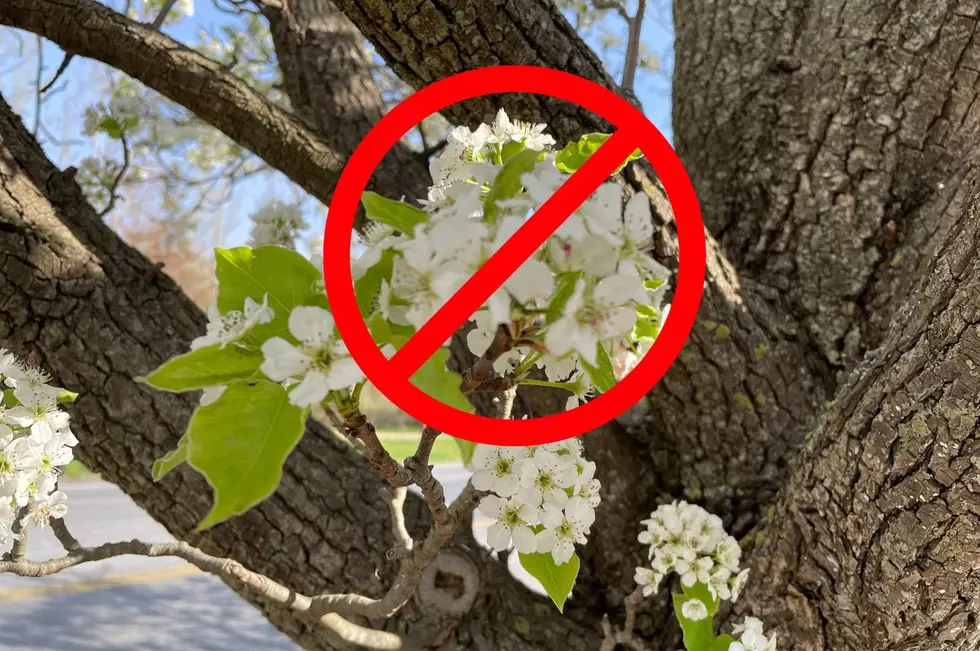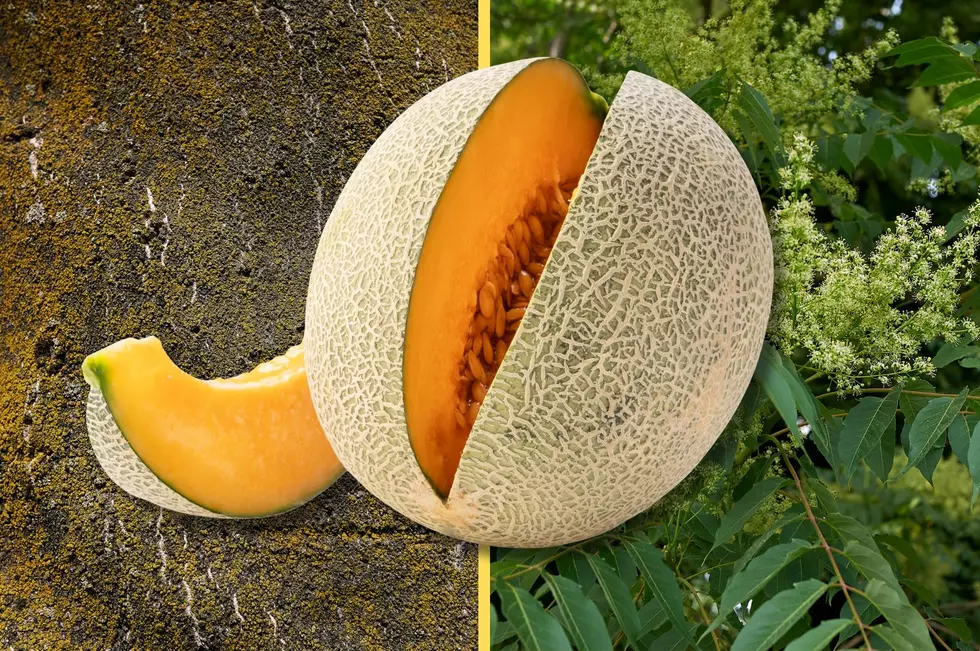
The 3 Signs You’re Infested with New York’s Invasive Caterpillars
Spongy moth caterpillars have been ravaging the Hudson Valley, but not all areas have been affected. Here's how to tell if your back yard is hosting one of the most destructive invasive species.
The first sign that the caterpillars were coming to New York was the banding of local trees. The burlap, meant to capture caterpillars as they traveled up local tree trunks to munch on their leaves, were a last-ditch effort to help curb the problem before it began. Now that is has started, however, there are ways to tell exactly how many caterpillars you may be hosting.
How to Identify Spongy Moth Caterpillars in the Hudson Valley, NY
First, the obvious. The best way to spot a spongy moth caterpillar infestation is seeing them with your own eyes. The New York State Department of Environmental Conservation (NYSDEC) describes them as having "five pairs of raised blue spots followed by six pairs of raised red spots along its back", as well as spiky hairs that can cause skin irritation (above). Some other signs are helpful indicators as well.
Leaf Clippings Could Point to Spongy Moth Caterpillar Problem
One of the reasons that spongy moth caterpillars are so harmful is the damage they cause to local trees. The caterpillars can make lunch out of leaves from many different trees, including oak, maple, and apple trees (although almost any leaf will do). Finding leaf "clippings" (above) could be an indication that the caterpillars have made a home in your tree's branches.
READ MORE: Spongy Moth Caterpillar's Natural Predator
Watch Out for Spongy Moth Caterpillar Silk in the Hudson Valley, NY
Almost immediately after hatching, spongy moth caterpillars suspend themselves from silk, literally waiting for the wind to carry them away to another tree. That means that strands of silk hanging from tree branches can be another sure sign that there are caterpillars nearby. The last sign, however, is the grossest.
It's "Raining Poop" in the Hudson Valley, NY
Many Hudson Valley residents have all reported the same awful phenomenon: it seems to be raining poop. Whether you can hear the sounds of rain in the forest on a cloudless day, feel it falling on your head, or just see the accumulation on the ground (above), these caterpillars produce a lot of refuse. Seeing their droppings can be as sure of a sign as seeing the caterpillars themselves.

Unfortunately, even though spongy moth caterpillars are classified as an invasive species, the NYSDEC admits that they have become so naturalized that there is no more hope for total removal. Check out other invasive species in New York state below.
Watch Out For These 5 Dangerous Invasive Pests In New York State
Gallery Credit: Yasmin Young
New York State's Invasive Plants To Be On The Lookout For
More From WRRV-WRRB









